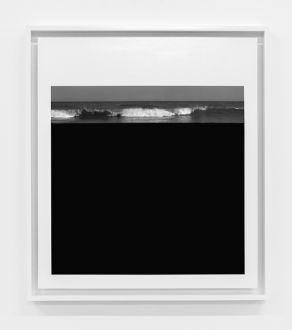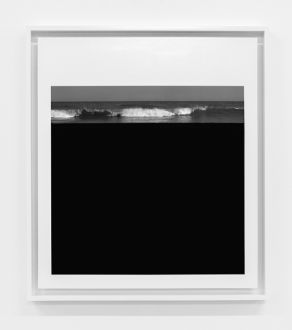As the social media and outreach officer at Rereeti, I am always on the lookout for art and cultural experiences that will facilitate and further my understanding of how these are created, consumed and appropriated. In my first visit to New York recently, I had plotted a chunk of my gallivanting around several museums and art galleries for a peek into Western art spaces.
In Folio 06: Documents of NUS Architecture by Shiqiao Li, Belinda Ho, the writers posit that “the artwork in a gallery is primarily experienced in a state of contemplation. Contemplation encourages an empathetic relationship between the viewer and the viewed”. That’s exactly what transpired over the next three hours, as we gallery hopped, spending time analyzing and discussing the paintings, installations, video mash-ups, and other mixed media artworks on display across Chelsea’s High Line area galleries. What prompted the artist to use these colors? What’s the specific subject of this series? What is the thematic progression of this particular artist? Are artworks gendered and typified according to region? These are some of the questions we contemplated and gave voice to.
The stark, minimal gallery layout became a leitmotif in almost all the addresses we visited that afternoon, and was also reflected in the overhead lighting choices (subtle, sleek and soft). The foyer and reception was either discreetly placed in a corner or accessible through corridors that led away from the main exhibit spaces. Unlike Indian art galleries, where space is a premium, with every wall, corridor and passageway utilized for display purposes, here, in Chelsea art galleries, the corridor spaces were bereft.
In Art in Action: Towards a Christian Aesthetic, Nicholas Wolterstorff emphasizes this point about spatiality beautifully: “If the action of perceptual contemplation is to be performed at all satisfactorily, particularly when its satisfactory practice requires mental concentration, rather special physical conditions are required…To look at a painting intently, one needs a well-lighted space – exactly what a gallery undertakes to provide.”

Another interesting form of contemplation came in the juxtaposition between post-modern works seen in the above galleries and the aged contemporary artworks of artist Alex Katz, whose screen prints are currently exhibited at the Mary Ryan Gallery. “The 1986 Blueberry Field, as well as a portfolio of six aquatints called Small Cuts that Katz made in 2008 is inspired by the early collages he made in the late 1950s. These small collages depict figures in landscapes from hand-colored strips of delicately cut paper.” At 87, he’s still prolific, displaying a joie de vivre in his work that is at once youthful and reminiscent of life in the 50s.
I would briefly like to focus on the aesthetics of spectatorship at art galleries in India. Take for instance the exhibitions hosted at Mumbai’s (where I am based at) galleries in and around the Kala Ghoda, Colaba and Worli circuit. In the decade that I have been visiting some of the contemporary spaces, it appears that the focus has shifted from talking about art to selling it, even before the canvases have been framed, displayed and exhibited to the public. The artist is nudged forward on opening night, to network and inspire collectors into buying her works, but is no longer a visible part of the show after that.
We read reams of reviews and critical reflections in next day’s papers, but where’s the intellectual and aesthetic immersion into what is a visceral, three dimensional embodiment of sentiments? There’s a separation of the artist from her art, and the question of audience engagement and interaction with the maker doesn’t seem to be priority for the gallery. The aesthetic of contemplation is missing from the art scene in the city and the values that emerge are more transactional in nature.
My experience at the Chelsea galleries was refreshing and inspiring – two sentiments that art spaces are expected to provoke. Opening night brouhaha, cocktails and cheese, and the publicity blitzkrieg that takes precedence before and during any new exhibition takes away from the quiet, reflective atmosphere in which art is to be seen.
A minimalist space that explores thematic issues in different media, form and narratives augurs well towards an aesthetic of contemplation.
About the Author
 Nilofar Shamim Haja is Rereeti’s social media and marketing officer. She has a master’s degree in Ancient Indian History, Art and Culture from Mumbai University. Follow her on Twitter.
Nilofar Shamim Haja is Rereeti’s social media and marketing officer. She has a master’s degree in Ancient Indian History, Art and Culture from Mumbai University. Follow her on Twitter.











Reblogged this on EVE.